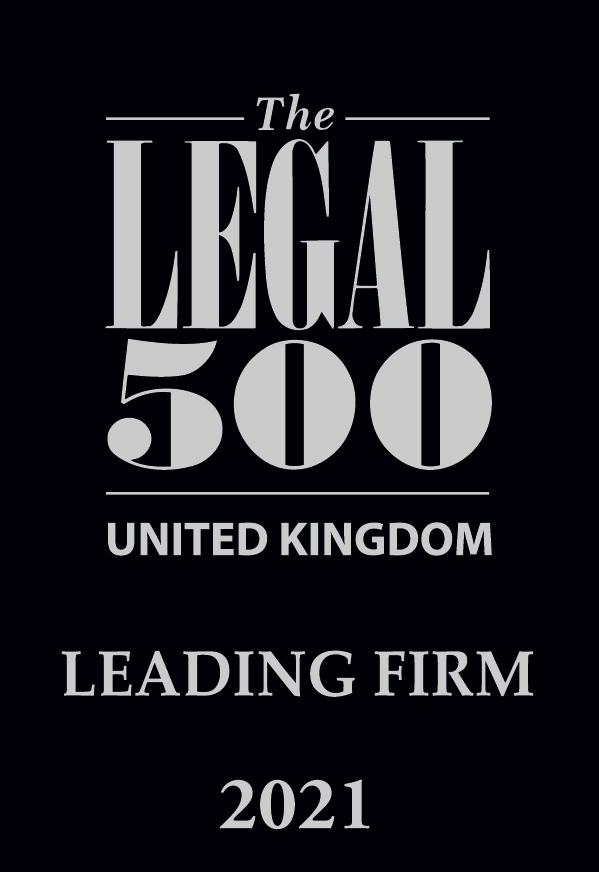BLOG
Ways to create a more LGBTQ-inclusive workplace
Written on 30 June 2021

Despite always retaining a number of core duties, HR is a function that continually evolves with the society in which it exists.
The increasingly liberal outlook on sexuality and gender identity provides perhaps the most prominent example of this. With representing the interests of each individual being arguably HR’s most important role, LGBTQ+ inclusiveness has naturally become a key remit.
But invariably, this comes with a number of challenges. Being part of society’s fabric, LGBTQ+ culture continues to change and evolve by the day, and so it falls to employers to remain fully conscious of these changes.
Quite simply, doing so will allow total inclusiveness to be baked into the culture of the organisation.
With this being a multifaceted area to navigate, here are some of our top tips for creating a more LGBTQ-inclusive workplace.
Pay attention to terminology
Once again, LGBTQ+ culture is an ever-evolving facet of society, and terminology is arguably the most prominent manifestation of this.
As an evermore precise societal consensus on these issues continues to form, so too does the implementation of new common terms, definitions and pronouns.
While some dismiss these developments as arbitrary, it is vital for employers to keep in mind that the wishes of the individual are the most important consideration bar none – especially with the burgeoning relationship between sexuality, gender identity and mental health.
In large part, navigating this will boil down to training. Providing leaders with a comprehensive understanding of the issues surrounding LGBTQ+ culture will allow them to approach situations with a heightened level of compassion and diplomacy.
Not only will this serve to strengthen communication across the organisation (in itself another key consideration for HR), but it’s also bound to have a positive impact on trust, engagement and performance among the workforce.
Related Content
Do you need support?
Speak to us for an honest, no obligation chat on:
0345 226 8393 Lines are open 9am – 5pm
Understand the relevant legislation
Compliance is a high priority when it comes to any issue in the corporate space, but in the case of LGBTQ+ inclusiveness, this is more significant in 2021 than ever before.
But while legislation protecting the interests of LGBTQ+ individuals has progressed exponentially in recent years, employers must first look back more than a decade to the Equality Act 2010.
The Act lays out nine ‘protected characteristics’, of which one is sexual orientation. This makes it unlawful for employers to discriminate against individuals because they:
- Are heterosexual, gay, lesbian or bisexual;
- Are perceived to have a particular sexual orientation (known as discrimination by perception); or
- Are connected to someone who has a particular sexual orientation (known as discrimination by association).
Trans employees are similarly protected under the protected characteristic of ‘gender reassignment’.
The law also prevents harassment and victimisation on the basis of sexual orientation or gender identity, which may include offensive nicknames, inappropriate questions, and excluding LGBTQ+ individuals from conversations or activities.
Again, training and education plays an important role. Managers must understand what constitutes both direct and indirect discrimination and how to apply your policies and procedures.

Revisit your policies
While understanding and respect are key facets for an employer to grasp when it comes to LGBTQ+ inclusiveness, the journey does not end there.
According to Stonewall, more than a third (35%) of LGBT staff have hidden their sexuality at work in fear of discrimination. With that in mind, in order to embed greater equity into the culture of the organisation and make a substantial change, something more tangible is required.
This is where policy and strategic planning will take centre stage, enabling businesses to cultivate a culture of diversity. For instance, in respect to terminology, while it’s one thing to make a conscious effort with this, baking it into policy and procedure is another entirely, and will further safeguard the inclusiveness that the company is aiming to cultivate.
This could be as simple as moving away from traditional “he” or “she” pronouns, and implementing “they” or “them” as standard parlance.
Other such policies may concern areas such as dress code, benefits and talent acquisition procedures. Ironing out systemic inequalities in these areas is likely to provide quick, easy wins, allowing the organisation to swiftly move away from potentially discriminatory practices.
On the strategic planning side of things, similar goals can be achieved by benchmarking against the practices of other modern organisations. New and innovative ideas to cultivate LGBTQ+ inclusiveness in the modern workplace are emerging every day, and with corporations taking note of each others’ initiatives, this innovation will only be bolstered.
Know the boundaries of 'free speech'
Finally, it’s advisable for organisations to bear in mind that there may be some employees who hold gender-critical views who may also attain some protection under discrimination legislation.
Though eradicating discriminatory actions and language is a key factor when it comes to LGBTQ+ inclusion, employers should also make sure that those holding gender-critical views are not discriminated against either.
One recent case has brought this into focus. Maya Forstater, an employee of a global development think tank, was dismissed from her role following a series of tweets in which she rejected the idea of people being able to change their biological sex.
Her beliefs were ultimately deemed by the Employment Appeal Tribunal to be protected under the Equality Act.
In short, the Act qualifies any religious or philosophical belief as a ‘protected characteristic’, providing that:
- It is genuinely held.
- It is a ‘belief’ rather than an opinion or a viewpoint.
- It relates to a substantial aspect of human life and behaviour.
- It attains a certain level of cogency, seriousness, cohesion and importance.
- It is worthy of respect in a democratic society.
The Tribunal will now move on to consider whether she was discriminated because of those beliefs.
One lesson from this decision is that employers do need to be careful when dealing with employees who may hold gender-critical views. Any action taken against them solely because they hold those beliefs will likely be discriminatory.
However, this decision should of course not be interpreted as a directive to encourage discriminatory or hateful speech. Indeed, the High Court Judge stressed that the judgment “does not mean that those with gender-critical beliefs can misgender trans persons with impunity”.
Organisations must ensure that all parties fully understand that discrimination and harassment will not be tolerated. It will be important to watch how the Forstater litigation progresses to see how far protection for manifesting such beliefs might go.
In need of expert advice?
Our Employment Law experts can help you to navigate issues of discrimination efficiently and compliantly, as well as ensure you have all the necessary policies in place to protect your organisation and promote a fair and inclusive workplace, including bullying and harassment, discipline/dismissal and grievance, and equality and diversity.
For more information, call 0345 226 8393 or request your free consultation using the button below.
Sign up for the latest news & insights
Resources
Latest News & Insights

Do ADHD and autism qualify as a disability? | Understanding the Equality Act 2010 and new case law
BLOG Written on 14 July 2025 When an employee discloses that they have ADHD or autism, many employers find themselves asking: Is this classed as

Privacy vs practicality | Are you entitled to know the reason for an employee’s sickness absence?
BLOG Written on 14 July 2025 When an employee calls in sick, it’s natural for employers to want to understand the situation. However, questions around

Education | What school leaders need to know about September 2025 pay changes
BLOG Written on 9 July 2025 As we near the end of the summer term, headteachers, school business managers and senior Trust staff, along with

Employment Rights Bill Implementation Roadmap | Your quick guide to what’s coming when
BLOG Written on 4 July 2025 The Employment Law Bill promises the biggest shake-up of UK employment law in decades. Having recently cleared the Committee

Fewer lives lost | Key takeaways from the HSE’s 2024/25 fatal injury statistics
Blog Written on 3 July 2025 The Health and Safety Executive (HSE) has published its provisional fatal injury statistics for 2024/25, revealing a welcome decline

Candidate feedback | The secret superpower that can strengthen your recruitment process
BLOG Written by Danielle Fargnoli-Read on 25 June 2025 Let’s be honest – recruitment can be tough. You spend a lot of time writing job

New sentencing guidelines could see fines soar for very large organisations
BLOG Written on 23 June 2025 On 1 June 2025, the Sentencing Council introduced important amendments to its guidelines for health and safety, corporate manslaughter,

Don’t rely on AI | 5 areas where employers should exercise caution
BLOG Written by Amy Waters on 20 June 2025 Artificial Intelligence (AI) tools are transforming the way employers manage their operations, from streamlining recruitment to

Can employers lawfully demote employees?
BLOG When faced with performance or conduct issues, employers may look for alternatives to dismissal – one of which is demotion. This usually means reducing









